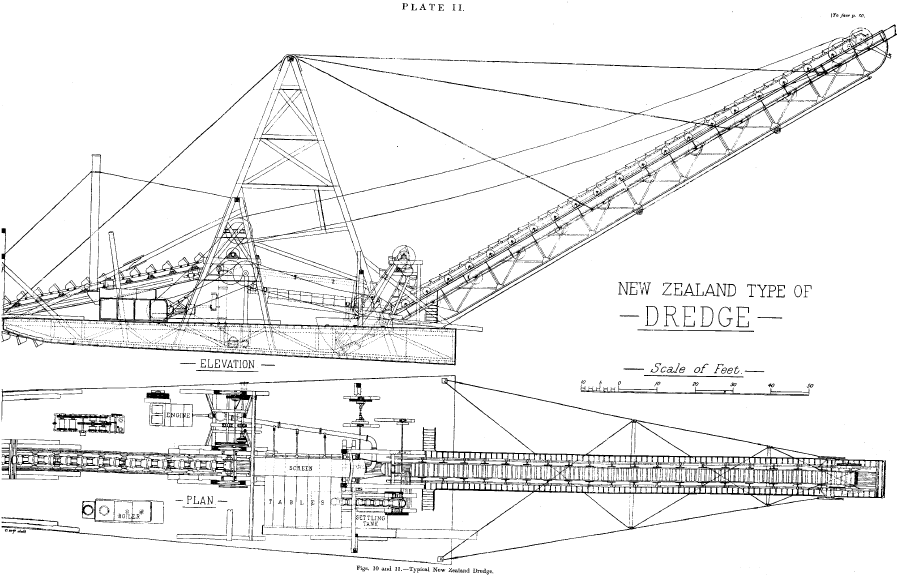

Not only does “vacking” do an excellent job at recovering fine gold - it is a lot of fun! It is so fast, simple, and easy to use, that it seems to take all the work out of mining. Collecting fine gold has always been one of the greatest challenges facing any miner, and some people spend years attempting to perfect their fine gold recovery. Previous efforts to accomplish this by hand were slow and painstaking, and not very efficient. They are very efficient at pulling the fine gold from moss, and at cleaning out crevices.

The new units consist of a two-cycle gasoline engine mounted on a five gallon container, which is equipped with a suction hose and a crevice nozzle. As the high waters recede with the onset of spring and summer, much of the areas where the fine gold is deposited is left exposed up on the banks of the rivers. The fine gold, since it is much lighter in weight, is deposited much higher on the banks, or in the material of the river. Each winter, as the rivers swell with winter rains and snows, much fine gold is washed down them. For this “dry land dredging,” however, there are no uncomfortable and expensive wet-suits to don, no heavy equipment to carry and then set up, and no long period of learning how to operate the equipment, or learning where to find gold.Īnyone who is familiar with mining knows that there is a much larger proportion of fine gold deposited than large gold, in almost any area. It involves using a small, lightweight unit to vacuum cracks and crevices of exposed bedrock, moss on exposed bedrock or boulders, or material in a dry wash in the desert. It is called “Vacking ” and, as you might suppose, involves vacuuming material.Īs a suction dredge vacuums material from the bottom of the river, this is a type of dry-land dredging. There is a fairly new method of mining out there in the mining community that is rapidly gaining in popularity, with good reason.


 0 kommentar(er)
0 kommentar(er)
